Shipbuilding is indeed a political industry, whether we want it or not. This was heard at a large Jutarnji list conference on the future of Croatian shipbuilding held last Friday ‒ neither from a representative of domestic political establishment nor anyone from Croatian shipbuilding, but from the president of the Shipbuilding and Maritime Industry Association of Germany, Richard Luken.
German economy is exemplary in a number of ways. Almost a third of European-built ships are built there. Germany has the largest shipyard in Europe, Meyer Werft, with the annual revenue of EUR 18 billion. Together with Italy it runs about a half of the entire EU shipbuilding industry. Yet, even German and Italian shipyards are losing the battle with the competition from China and South Korea. The Asians have secured better long-term state support -- and this was largely the point of Luken's talk at the conference.
‒ The issue of political support to the shipbuilding industry is of great importance to the entire European Union, - warned Luken. ‒ Our problem is not so much the flourishing of Chinese shipbuilding; it is the vague European policy.
Luken sees the future of European shipbuilding in the construction of passenger ships and other high value vessels. In the future, as things stand now, tankers and other cargo ships might only be built in Asia.
According to data given by Croatian shipbuilding management company Hrvatska brodogradnja ‒ Jadranbrod d.d., out of the 337 ships on order worldwide in the first five months of this year, the largest number, 157, will be built by Chinese shipyards. South Korea, however, is ahead of China on tonnage to be built and the expected shipyard revenue. The current state of worldwide orders shows Chinese dominance (46 percent of all orders), with South Korea second (25 percent) and Japan third (22 percent). Taken together, it means that 93 percent of all new ships on order will be built in Asia.
According to Jadranbrod data, of the remaining 7 percent of new orders (i.e. ships to be built outside Asia), Europe accounts for only 1.35 percent. The Croatian slice of the pie is 0.23 percent. We are still among the ten largest shipbuilding nations in the world.
Considering the reasons for the European shipyards falling behind the Asian competition, Richard Luken focused on insufficient funding mechanisms for shipbuilding. He also noted that the lending to shipyards by German commercial banks had been on a decline for years. In 2015 it fell below $ 100 million for the first time since 2010.
The stability of the German shipbuilding is currently provided by the KfW Ipex state bank, but the stability of that bank, Luken warned, depended on cost-effective shipbuilding. Credit arrangements for the German shipyards are not provided by the state but the Hermes special guarantee system.
Unlike its German counterpart, the Croatian shipbuilding does not have a shipbuilding bank or an organized guarantee service for exports. It still depends on the government to provide loan guarantees.
The major difference between the German and the Croatian shipyards is in the workforce. The Germans have reduced their workforce much more significantly. Since 1980, German shipyards have cut some 30,000 jobs and currently employ about 18,000. Thousands of jobs have been cut over the past 25 years in Croatian shipyards, too, but the fact that the restructuring plan for Uljanik includes cutting some 600 more suggests that, at least in this, our largest shipyard, the previous reorganizations have not been implemented fully.






